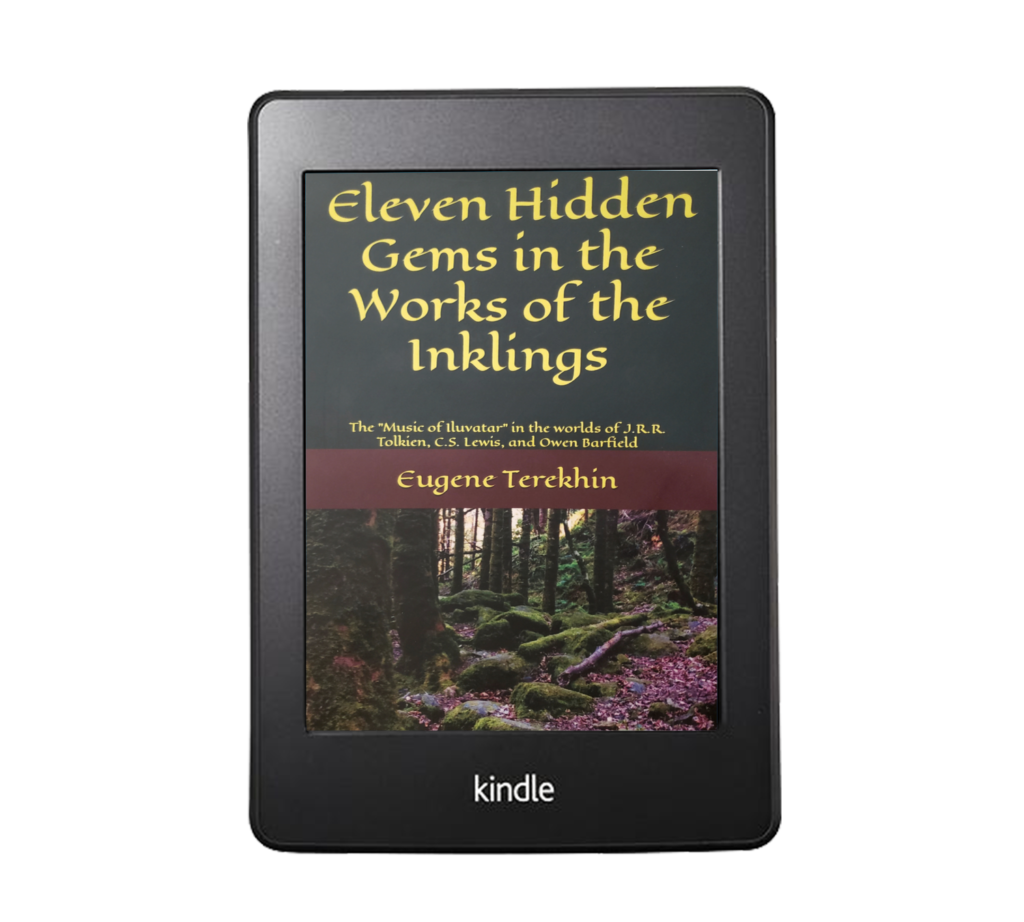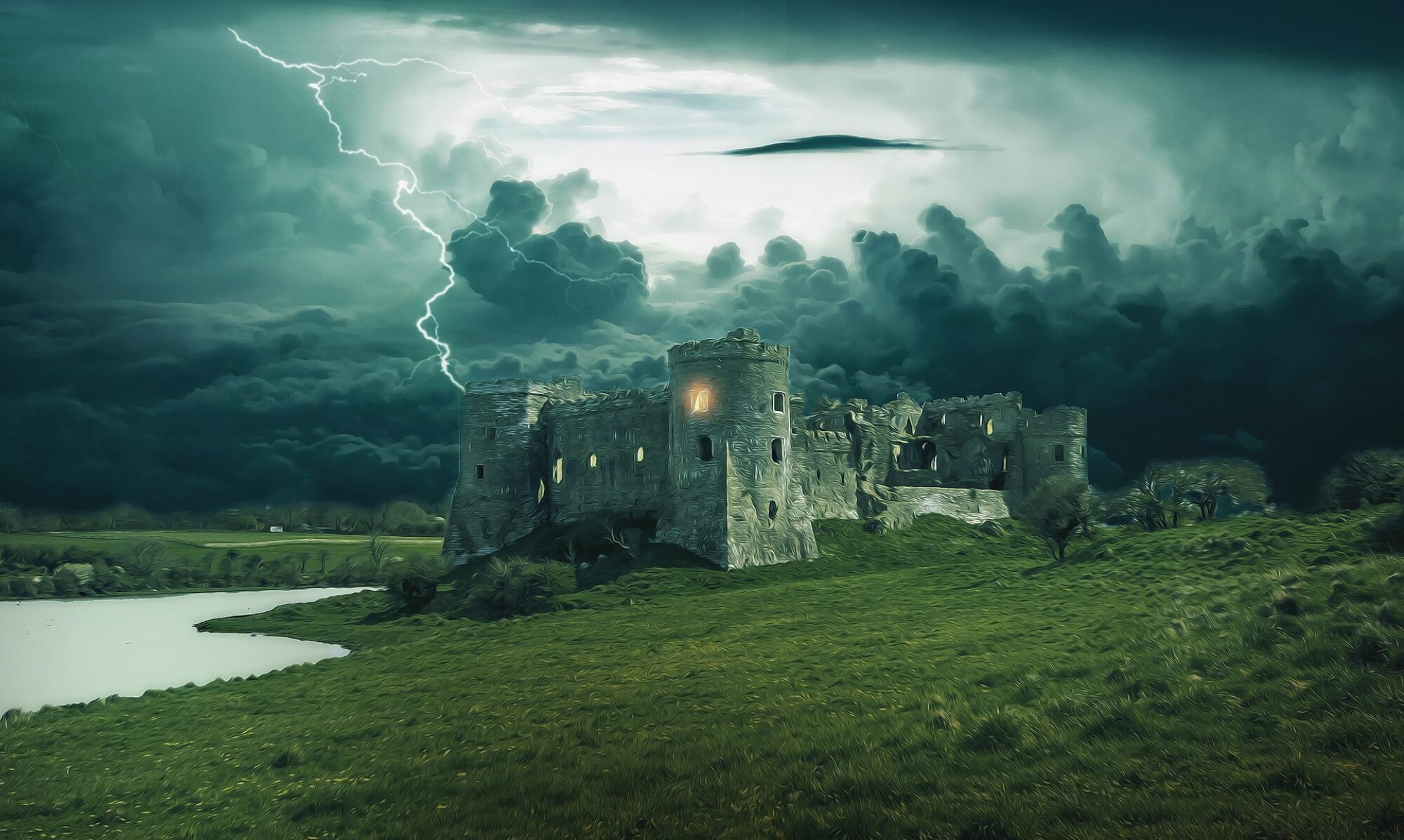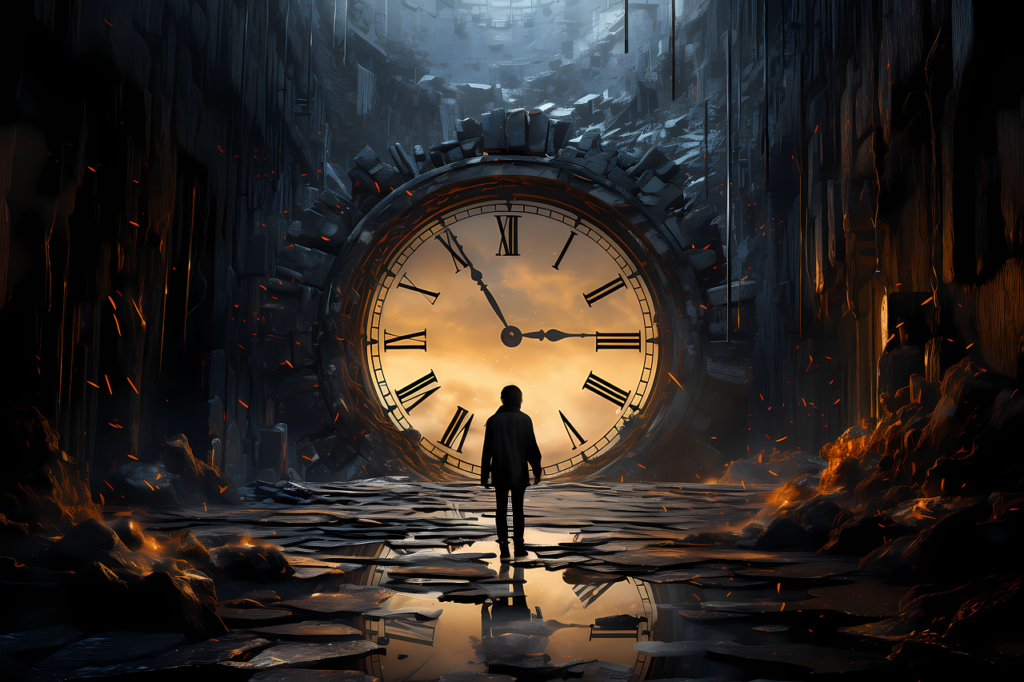
The meaning of this movie is just as hidden as the life of Walter Mitty. When Sean, the photographer, takes his eyes off his heavy-duty camera somewhere in the Himalayas and stares at the snow leopard in the distance, Walter asks him quietly,
“When are you going to take it?”
Sean, still awe-struck, answers,
“Sometimes I don’t. If I like a moment, for me, personally, I don’t like to have the distraction of the camera. I just want to stay in it.”
The famous photographer, whose passion drives him to chase after the most stunning natural phenomena around the world, does not take the opportunity to take a picture of one of the most furtive animals in the world – the “ghost cat.”
Something is more important for him. Everything else is a distraction. Art itself is a distraction. He doesn’t want to miss it. He knows how such moments feel. There’s a definite “suchness” to such moments.
Sean knows he’s in it for the suchness – everything else seems secondary. It’s in this undefinable suchness that has given his art meaning. But what is this “suchness”? It defies definitions. It’s a bridge between this time-space reality and the Spirit.
When you get a glimpse of this other realm, you forget the earth. As Silouan the Athonite (Russian: Силуан Афонский) said,
“Because of the sweetness of God’s love, we forget the earth and sing…”
The past is gone, the future is not real. Nothing else matters. So, Sean gets up with a smile and joins the rest of the group playing soccer near the camp at a distance. But before leaving he turns to Walter and calls him the “ghost-cat.”
In Sean’s experience, Walter is someone who had always given him the same experience of “suchness” before. By looking at his work in Life Magazine, Sean felt the same communion between heaven and earth. Walter didn’t know that. He lived in his own dreamworld where he wanted to become someone.
He was someone. For Sean, he was more than someone. Walter didn’t know his true name yet – the ghost-cat. Until you know your true name, you don’t know who you are. You live in a dreamworld. You dream of becoming. Yet, your true secret name lives in you, ready to be revealed at an opportune time.
This is the name written by God on a white stone, and no one knows it except the one who receives it.
I will give him a white stone, and on the stone a new name written which no one knows except him who receives it. Revelation 2:17.
Our true name is as long as our journey. It is our journey manifested in a sound.
When Frodo first set out of the Shire, he didn’t know who he was. All he knew was that he was a hobbit, and hobbits don’t meddle in the affairs of the Big Folk and Wizards.
Well, he did meddle in them. He was chosen to be the one who would destroy the Ring. No one else in the entire Middle-Earth could do it.
“Elrond raised his eyes and looked at him, and Frodo felt his heart pierced by the sudden keenness of the glance. ‘If I understand aright all that I have heard,’ he said, ‘I think that this task is appointed for you, Frodo; and that if you do not find a way, no one will.”
Frodo’s journey was the gradual unfolding of his secret name – as the only one in the entire Middle-Earth who could carry the Ring all the way to Mordor. No one else was up to the task.
He was the only one, and he did it by sacrificing his own flesh. His new name, Frodo of the Nine Fingers, was put in a song by a minstrel of Gondor,
A minstrel of Gondor stood forth… and behold! he said: ‘Lo! lords and knights and men of valour… now listen to my lay. For I will sing to you of Frodo of the Nine Fingers and the Ring of Doom.’
Receiving your true name is the ultimate initiation into the mystery of “Christ in you, the hope of glory.” It is a transcendental wake-up call when you realize that the Divine, who was somewhere out there, has moved inside.











